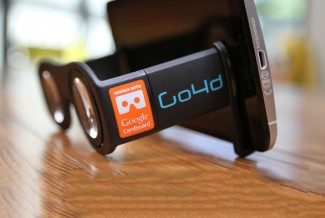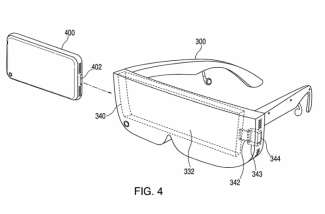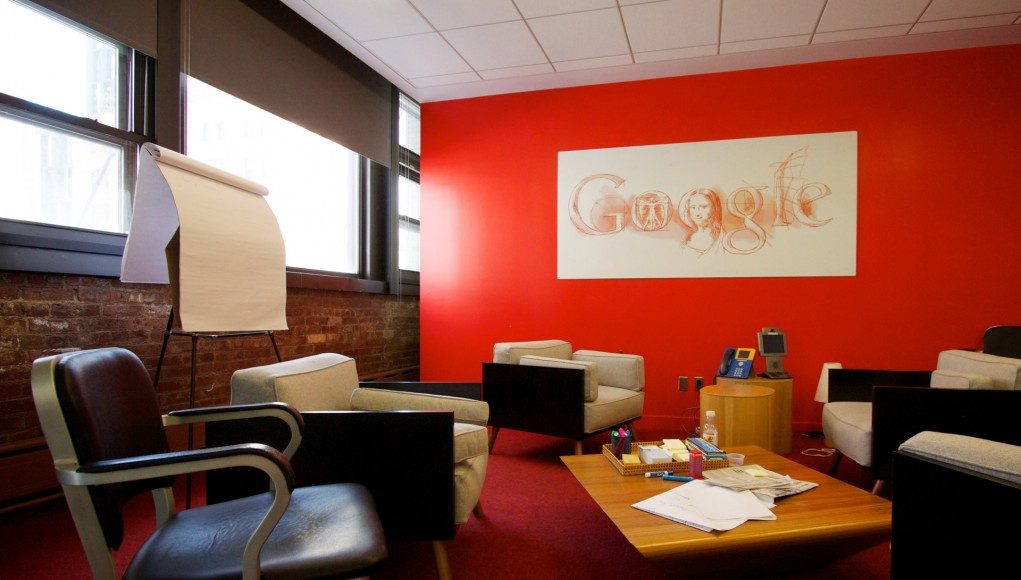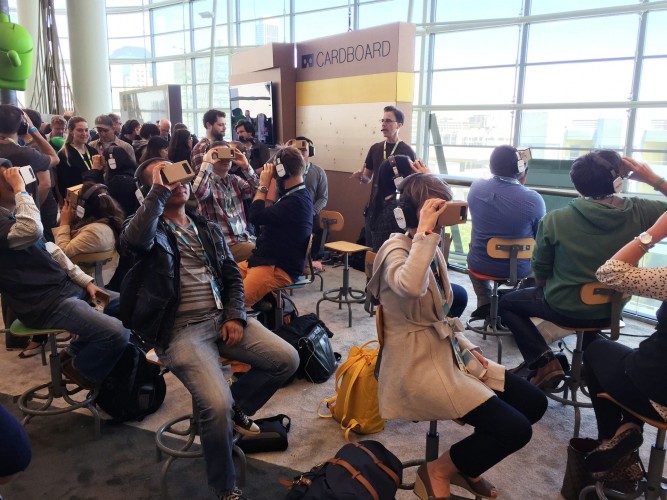The latest slew of virtual reality job postings from Google suggests the company is working on dedicated consumer VR hardware that will be manufactured at large scale.
For some time now it’s been clear that Google is excited about virtual reality. The company’s ‘Cardboard‘ initiative has put low cost smartphone VR viewers into the hands of millions, and begun to introduce the Android ecosystem as a place to find entry-level VR experiences.
But the current state of Cardboard virtual reality is substantially lacking compared to the leading mobile experience pioneered by Samsung’s Gear VR headset. Gear VR sets the bar with a combination of the headset—which features on-board hardware to improve performance—as well as custom software-side development which unlocks the full power of the hardware found in Samsung’s Gear VR compatible phones.

The difference between Gear VR and the stock Android VR experience is stark, but it likely won’t remain that way for long. Google has every incentive to leverage their Android ecosystem to be the go-to place for virtual reality, establishing themselves before Apple jumps into the ring.
A new series of virtual reality job postings from Google suggests that the company is working on consumer virtual reality hardware that goes beyond a simple smartphone VR viewer. Posted over the last several days, the full-time listings for work at the company’s Mountain View, CA headquarters seek candidates who can design and deliver consumer VR hardware. Explore each listing using the drop-down lists below, I’ve emboldened parts of the listings describing work with consumer electronics manufacturing:
Slightly older VR job openings from Google include Advanced Rendering Engineer, Interaction Designer, Motion Designer, and others on the software side which could certainly support a dedicated VR device from Google.
These new VR job listings come just as we see Clay Bavor drop other duties with the company to become Google’s VP of Virtual Reality. Among a number of former hires, possibly numbering around 20 at this point (not counting folks that Google may have tapped internally to fill VR positions), the company is currently listing 17 full-time job openings specific to virtual reality.

So where is this all heading? One thought is a mobile VR headset from Google under the company’s ‘Nexus‘ brand, which typically collaborates with top-tier mobile phone manufacturers to produce flagship hardware. If this is the case, we haven’t spotted any hints as to whether Google might be pursuing an all-in-one mobile VR headset, or one that docks with a phone (like Gear VR) though we would suspect the latter as it would seem to jive better with the company’s broader mobile ecosystem.
Dedicated VR consumer hardware would be a first for the company. So far Google has approached the space as an enabler—rather than provider—of virtual reality; despite ceding millions of Cardboard VR viewers into the hands of consumers, the company hasn’t actually sold a single Cardboard unit of their own, instead opting to give them away for free at events and allowing third-parties to use the open source design to build and sell their own versions. Similarly, the company’s ‘Jump’ VR camera rig is a specification for creating an array of GoPro cameras suitable for 360 degree capture, rather than hardware in and of itself.








